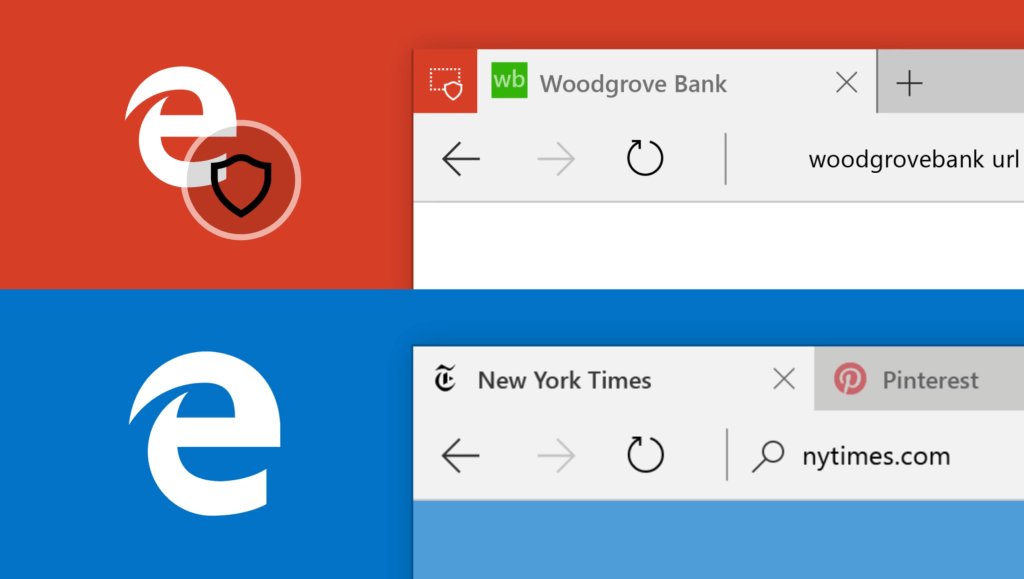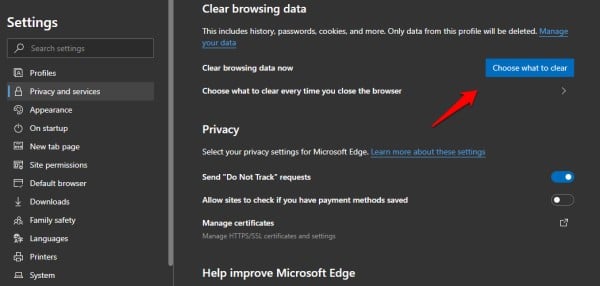


There are workarounds for installing Windows 11 anyway, but proceed with those at your own risk.

If you want to check, use the Microsoft PC Health Check app. If you've got a CPU older than a seventh-gen Intel Core series (we're up to 11th-gen now), you might be in trouble. It's that last one that gets tricky for some people, especially on cheaper laptops. The base requirements are a 64-bit processor, 4GB of memory, 64GB of storage, UEFI secure boot and TPM (trusted platform module) 2.0. The list of compatible PCs is frankly a little narrower than I would have expected. That's a big change from when you had to hand over $120 to Microsoft for the privilege of upgrading from Windows 7 to Windows 8. Except for system builders, the idea of paying separately for a computer operating system is basically extinct. Apple's OS X moved to a similar free-to-upgrade model around the same time. Before 2015, Windows upgrades either cost some money, or if you bought a new laptop or desktop, the latest OS just came preinstalled.


 0 kommentar(er)
0 kommentar(er)
